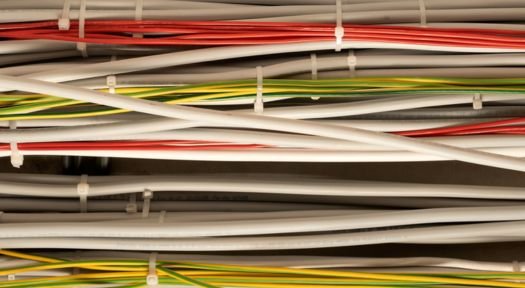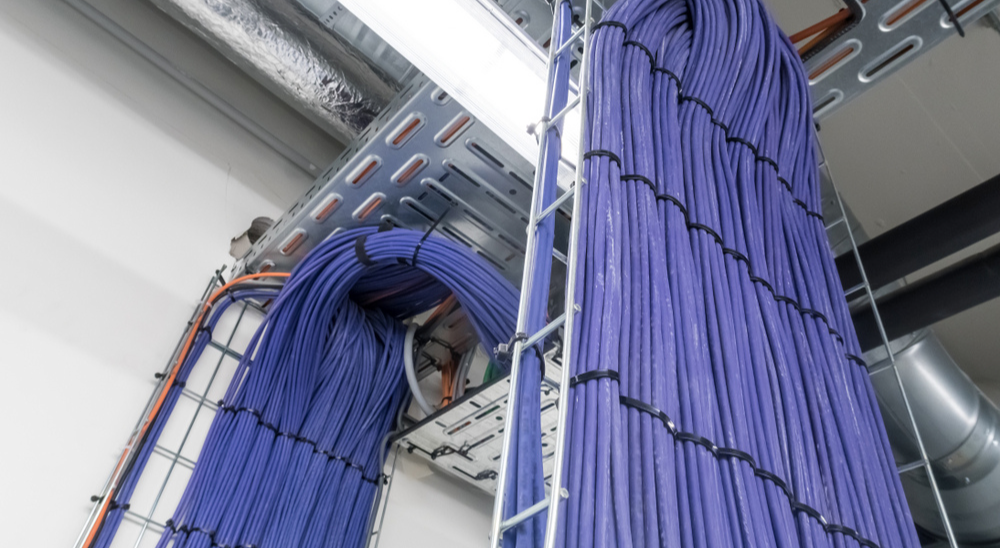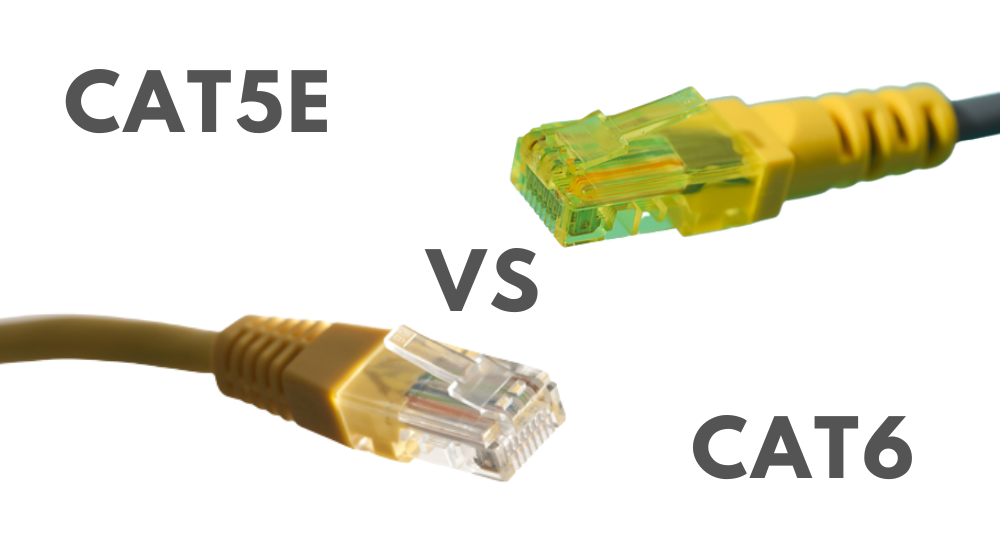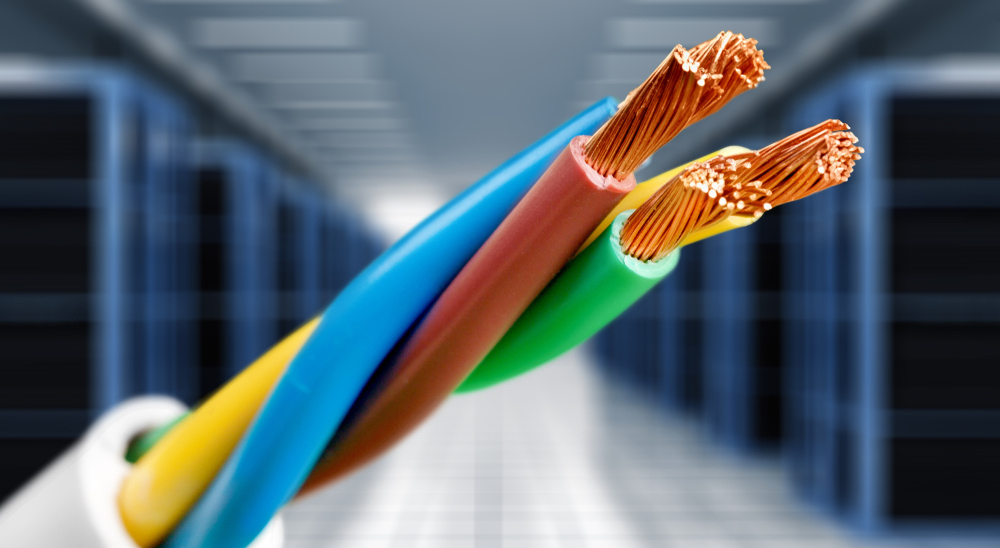What You Need to Know for Safe Networking
Posted : 22-September-2024
In today’s digital age, having a reliable network is crucial for both personal and business needs. Understanding safe networking practices not only enhances performance but also protects sensitive data from cyber threats. One of the foundational elements of a strong network is the choice of cables, particularly Category cables plenum and other Ethernet cables designed for commercial areas. Proper installation and selection of these components can significantly impact the overall safety and efficiency of your network.
Understanding Safe Networking
To ensure safe networking, it’s essential to comprehend the different types of Ethernet cable available and their specific uses. The primary focus should be on selecting cables that meet safety standards and can handle the required data speeds. Cables such as Category 5e, 6, and 6a are popular choices, each designed for varying data rates and bandwidth capabilities. For instance, plenum cables are specifically designed for use in air handling spaces, offering a fire-resistant covering that helps prevent the spread of flames and smoke, thus contributing to a safer networking environment.
In addition to the physical characteristics of cables, understanding the various Ethernet cable types and speeds is crucial. Different categories of Ethernet cables offer unique benefits, such as increased data transmission speeds and reduced interference. For example, Category 6 cables support data rates up to 10 Gbps, making them ideal for high-performance networking in commercial areas. Safety measures, including proper cable management and adherence to installation guidelines, also play a significant role in maintaining a secure network.
Choosing Ethernet Cables for Commercial Areas
When it comes to safe networking, selecting the right Ethernet cables for commercial areas is paramount. Businesses often require robust cabling solutions that can handle large amounts of data traffic while minimizing downtime. Category cable services in the USA provide a wide array of options tailored for commercial needs, ensuring compliance with safety regulations and performance standards. These services can help identify the best cable types and installation techniques to enhance network reliability and safety.
Another key consideration is the Ethernet cable diameter (mm), which can affect both performance and safety. Thicker cables may offer better shielding and durability but can also be more difficult to install in tight spaces. On the other hand, thinner cables may be easier to manage but could compromise signal quality. Balancing these factors is crucial for maintaining a safe networking environment.
When you choose cables, remember to look for high-quality Ethernet cable connectors. These components can make a significant difference in ensuring that your network operates smoothly. Poor-quality connectors can lead to data loss or even hardware damage, making it vital to invest in reliable products.
For effective safe networking, also consider the physical layout of your network. Ensure that cables are organized, secured, and clearly labeled to avoid confusion and potential accidents. Implementing proper routing practices, such as avoiding exposure to high electromagnetic interference areas, will further enhance safety and performance.
Best Practices for Safe Networking
The journey towards safe networking doesn’t end with cable selection; implementing best practices is equally important. Regularly inspecting cables for wear and tear can prevent unexpected outages and hazards. Additionally, maintaining proper ventilation around networking equipment will help to manage heat and reduce the risk of fire.
Investing in a network monitoring system can also enhance safety. These systems can provide real-time alerts about unusual activity, allowing for prompt action to mitigate potential threats. Furthermore, ensuring that all networking equipment is updated with the latest firmware will help protect against vulnerabilities.
Conclusion
Understanding safe networking is crucial for anyone looking to build or maintain a secure and efficient network. By choosing the right Category plenum cables, selecting appropriate cables for commercial, and utilizing cable services, you can create a network that is both high-performing and safe. Prioritize quality and adherence to best practices to ensure that your network remains robust and secure for years to come. Safe networking is not just about the cables; it’s about creating an environment where data can flow freely and securely. As technology continues to evolve, staying informed about safe networking practices will ensure you can protect your digital assets effectively.
Latest Blog
-

When Should You Upgrade Your Internet Cable?
Read More -

What You Need to Know for Safe Networking
Read More -

Why Ethernet Cables Are Crucial for Commercial Areas
Read More -

Category Cables Plenum Safe and Efficient Networking
Read More -

How Cat6 Plenum Cable Enhances Your Gaming Experience
Read More -

Cat5e, Cat6, Cat6a and Cat7: Ethernet Cable Differences and Similarities
Read More -

Category Cable Services in USA
Read More -

Structured Cabling Standards For Commercial Buildings
Read More -

Evolution Of Ethernet Cables: Cat5e vs Cat6
Read More -

Select the Right Shielded Cable for your Network
Read More









